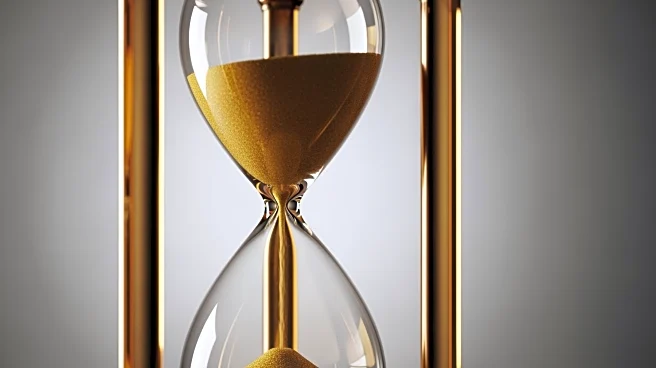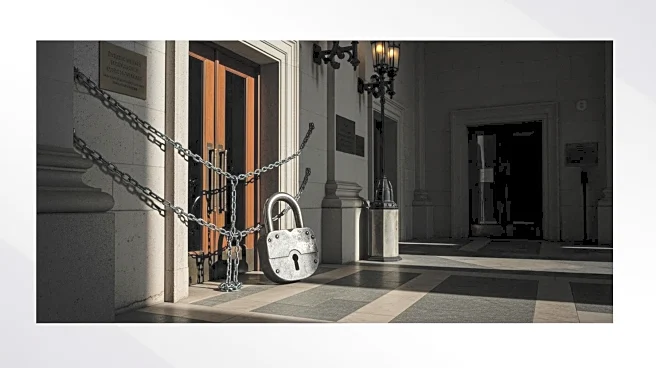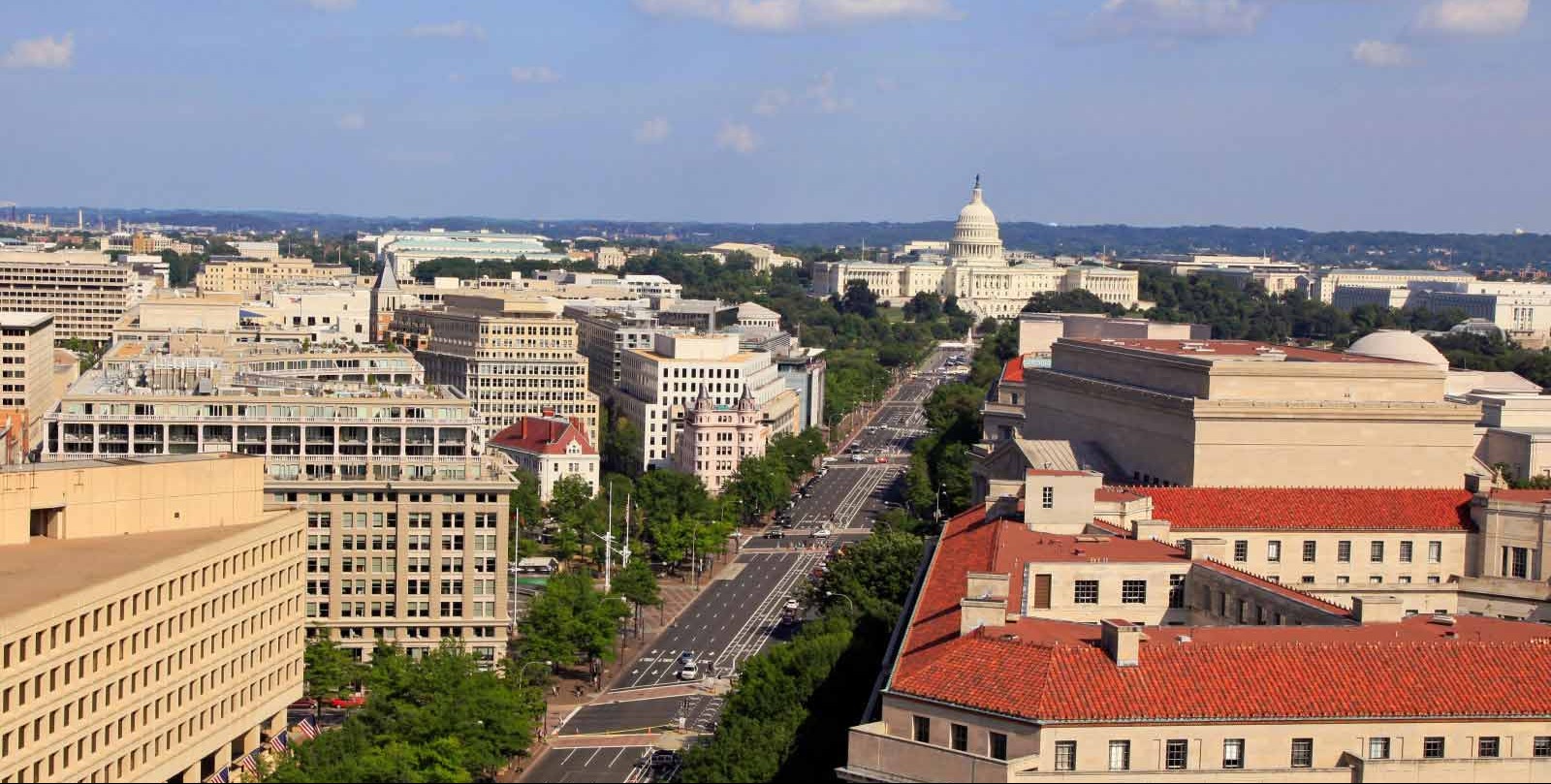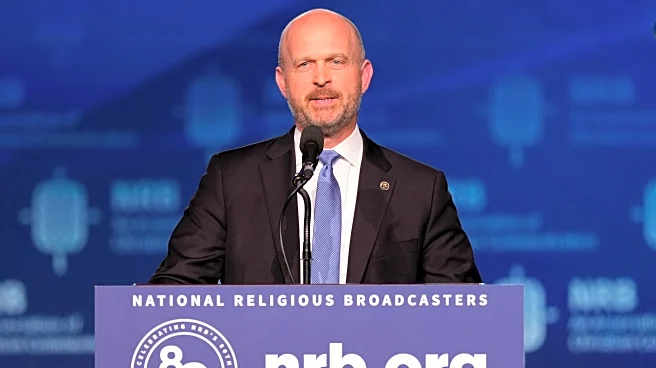What's Happening?
Daylight saving time for 2025 concluded on November 2, with clocks 'falling back' an hour. President Trump has expressed a desire to end daylight saving time, a move that requires congressional approval.
The Sunshine Protection Act, which aims to make daylight saving time permanent, passed the Senate in 2022 but has not yet become law. Trump has shown support for making daylight saving time permanent, calling it 'very popular,' though he also described it as a '50-50 issue.' The conversation in Congress regarding the future of daylight saving time is ongoing, with some states advocating for year-round daylight saving time.
Why It's Important?
The potential elimination of daylight saving time could have significant impacts on various sectors in the U.S. The change could affect industries reliant on daylight hours, such as agriculture and retail, and could alter energy consumption patterns. Ending daylight saving time might also influence public health, as studies have linked the time change to increased health risks like heart attacks and strokes. The debate highlights the divide between rural and urban interests, with rural communities historically opposing daylight saving time. If daylight saving time becomes permanent, it could streamline timekeeping across states, impacting travel and commerce.
What's Next?
If President Trump continues to push for the end of daylight saving time, Congress will need to address the issue, potentially revisiting the Sunshine Protection Act. States that have passed measures in favor of permanent daylight saving time may increase pressure on federal lawmakers. The ongoing debate may lead to further legislative proposals or amendments to existing laws. Stakeholders, including businesses and public health advocates, are likely to weigh in on the potential impacts of such a change, influencing the direction of future policy decisions.
Beyond the Headlines
The discussion around daylight saving time touches on broader themes of societal change and adaptation. Historically, daylight saving time was implemented to conserve energy during wartime, but its relevance in modern times is debated. The controversy underscores the evolving relationship between technology, lifestyle, and time management. As the U.S. considers changes to daylight saving time, it may prompt a reevaluation of how time is structured in relation to work, leisure, and productivity.













